Can a Tornado be Predicted?
The unprecedented nature of tornado predictions has kept me engaged at NASA. Tornadoes are hard to predict, it’s a mix of having to know the right atmospheric conditions and using radar data. This trip into tornado forecasting has really opened my eyes to how huge of a role we play in predicting them.
The Enigma of Tornado Predictions
A big challenge that I’ve come across is trying to figure out when and where a tornado will form. Even with the most advanced radar network and severe thunderstorm computer modeling, a community could still be caught off guard by one suddenly developing. It’s really confusing because it‘s about how fast weather conditions can change leading to the formation of severe thunderstorms that produce tornadoes.
Accurate forecasts for tornadoes are tough because you need precise data on time. They tend to sneak up communities since they form and touch down so quickly. Emergency managers have to constantly be on high alert, always watching NOAA Storm Prediction Center’s guidance and tornado watches so that people could prepare themselves for incoming danger as soon as possible.
Why Forecasting Tornadoes Remains a Challenge
Predicting tornadoes is already challenging enough due to the complex interplay of atmospheric conditions. If there’s warm air moving upward and spinning air due to changes in wind speed with height in the atmosphere then those two mixed together could make a twister — these aren’t easy things to forecast. These elements can swiftly change, making this task not only daunting but impossible sometimes even if you’re an experienced scientist.
When storm spotters and emergency managers come into play things get even more complicated. Their observations from being on the ground is what confirms whether severe thunderstorms exist or not — this provides real-time links between data they’re getting and what’s actually happening out there. This adds another level of complexity since communication needs to be timely, accurate, and very reliable.
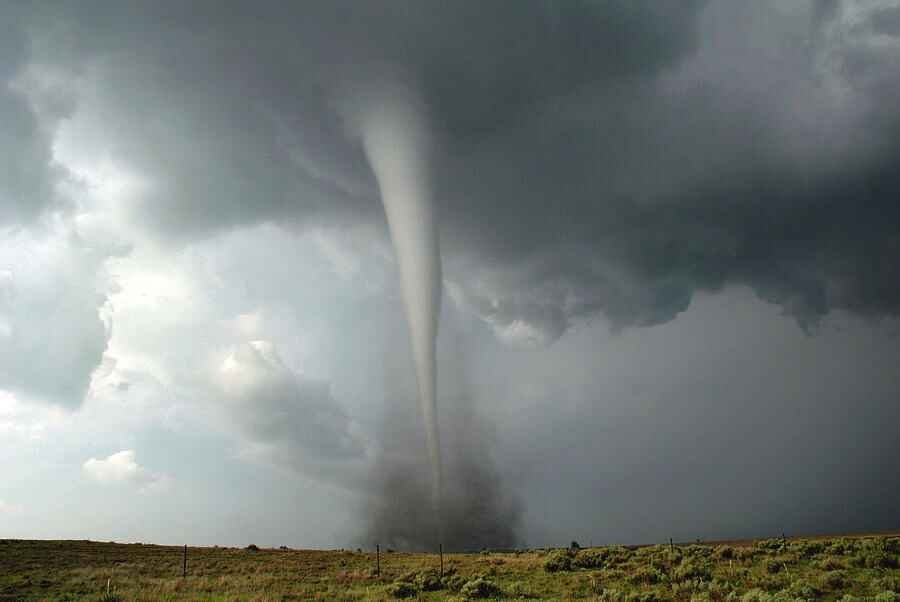
The Unpredictability of Tornadoes in the Southeast
Tornadoes in southeastern regions are even more unpredictable thanks to the influence of the Gulf of Mexico. The warm, moist air from those parts can really make things go out of hand once they’re hit by cold air fronts. As soon as that happens severe thunderstorms could quickly form, making tornadoes less predictable in these areas.
The dense forested regions and varied land surface in the Southeast also complicate detection and tracking. During my time at NASA, we studied how these environmental factors contribute to the difficulty in predicting tornadoes. The goal was to develop better forecasting models that take into account regional differences.
See also: How Does a Tornado Stop? Severe Weather 101
The Role of Computer Forecast Models and Ensemble Forecasting
In order for me to learn about tornado predictions, I had to dive into computer forecast models — which uses numerical weather prediction models — and ensemble forecasting. These computer programs simulate how a tornado may develop using a lot of atmospheric data. It’s not always right but it does offer hints into what communities should possibly be prepared for ahead of time.
The journey of tornado prediction technology has been a wild one. When I first started working with NASA on creating this, the average lead time for warning about tornadoes was significantly smaller than it is now. Thanks to better models and a more profound understanding of storms, potential tornadoes are detected 15 minutes before they strike, a significant achievement by the Storm Prediction Center.
Advances in Tornado Prediction Technology
It’s crazy to think that something as simple as radar, particularly doppler radar, is what’s determining whether or not we can predict if something as dangerous and deadly as a tornado happens or not. We took the best radar software we had and modified it to monitor these violent storms most effectively. It lets us keep an eye on thunderstorms with deep rotating updrafts and vertical wind shear, which are key indicators of a wider mesocyclone and longer lasting tornado than other kinds of storms. Thank you, machines.
Researchers Discovering Today About Tornadoes That Can Help Protect Lives
My work at NASA makes me feel like one of the smartest people in the world sometimes. The forefront of our research presents constant opportunities for discovering new ways to predict and warn residents of communities about potential disasters like this. Take the Warn on Forecast initiative, for example — it’s huge progress in advancing storm observation through computer modeling. By using those same models, meteorologists hope to offer more accurate warnings earlier in order to protect lives and property.
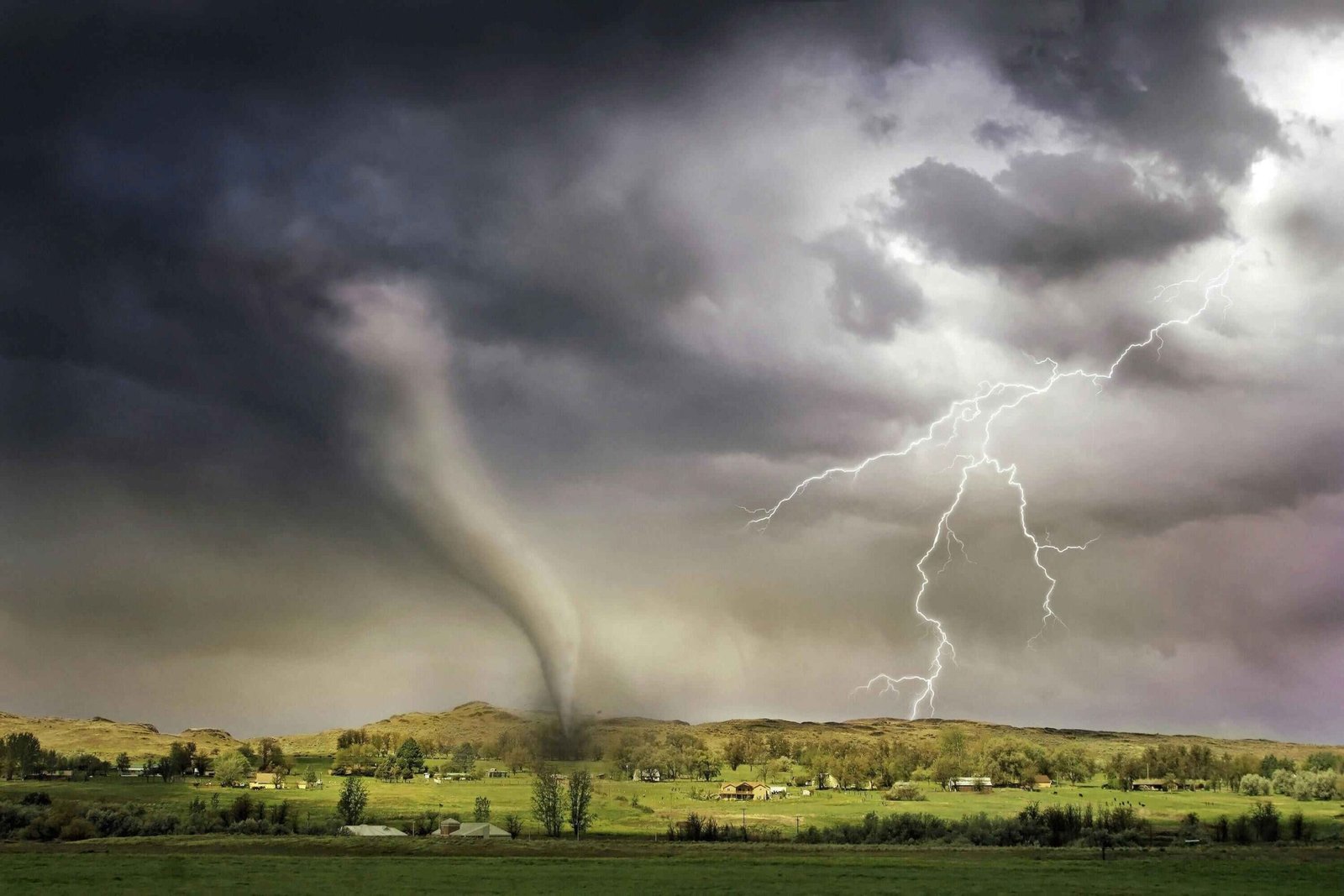
See also: How Does a Tornado Stop? Severe Weather 101
Severe Weather 101: From Basic Understanding to Advanced Prediction Techniques
Did you know that there is actually a 101 course on how to understand severe weather? And then you can get into advanced prediction techniques? Well, there is! Especially with the National Severe Storms Laboratory working on new methods to predict tornado formation more accurately. And I’m getting my PhD in it right now (not really). Anyway, being able to identify all signs of severe thunderstorms could be really useful information if somebody asked me why I need so much training in forecasting tornados. Still waiting for someone to ask though….
The Cutting Edge of Tornado Research
The most exhilarating part of working at NASA is the cutting edge research we do, particularly in enhancing doppler radar systems for better prediction of supercell and tornado formation. Discovering and developing better prediction methods for tornadoes is one of our main priorities here. Using technology, science, and a bunch of hard work from my colleagues, I think it’s possible to one day understand these vicious storms well enough to save lives.
NSSL’s Contribution to Understanding Severe Weather
Our friends over at NSSL have done such great work in expanding everyone’s understanding of severe weather conditions. Seriously, so much groundbreaking stuff has came out of their lab that I’m starting to think they know how to control thunderstorms themselves… maybe one day.
Radar Research: The Backbone of Tornado Detection
Imagine having the power to track life-threatening storms by just looking at them. That would be pretty cool! Well, with all the radars, including doppler radar systems, we’ve installed across America, people with access can see in real-time if anything dangerous, like a supercell that could produce a tornado, is on its way closer. Before this tech was invented, those living in high risk areas wouldn’t get any warning until the storm touched down right next door. It’s not perfect yet but it’s definitely a step in the right direction.
It’s astounding how far radar technology has come and the implications it’s had on detecting tornadoes. Being involved as a researcher for NASA has given me a direct view of what this kind of tech can do. Early detection due to technological advancements like these save lives, which is why we’ve got to keep moving forward.
The Impact of Spring Experiments on Forecasting Accuracy
The goal of spring experiments is to get the best prediction accuracy possible when it comes to severe weather. A collaboration between many different organizations allows us to gather real-time data about phenomena like tornadoes. By conducting research in the field, we’re able to gain insights that will refine predictive models so that one day, we’ll be able to know exactly where they’ll form and why.
After seeing a demonstration of real-time observations being combined with advanced computer models during one of these experiments, it was hard not to be amazed at the improvements this could make. Theoretic knowledge always seems very distant from reality until it becomes integral in saving lives and bettering the world around us.
Bite-Sized Science: Revolutionizing Tornado Warnings
Many people wouldn’t know what a severe weather warning looked like if it slapped them across their face. So, our job is clear; break down complex concepts so that anybody can grasp them even in an emergency situation. This helps individuals take action after receiving warnings because they understand what they’re looking at. Empowering others with this knowledge enhances community preparedness and safety.
Translating raw data into information someone can look at and actually do something with is huge, but sadly overlooked by most developers and researchers alike.. It doesn’t matter how refined your models are if nobody knows how to read or use them! Bite-sized science gives people exactly what they need right when they need it without overwhelming them with anything else.
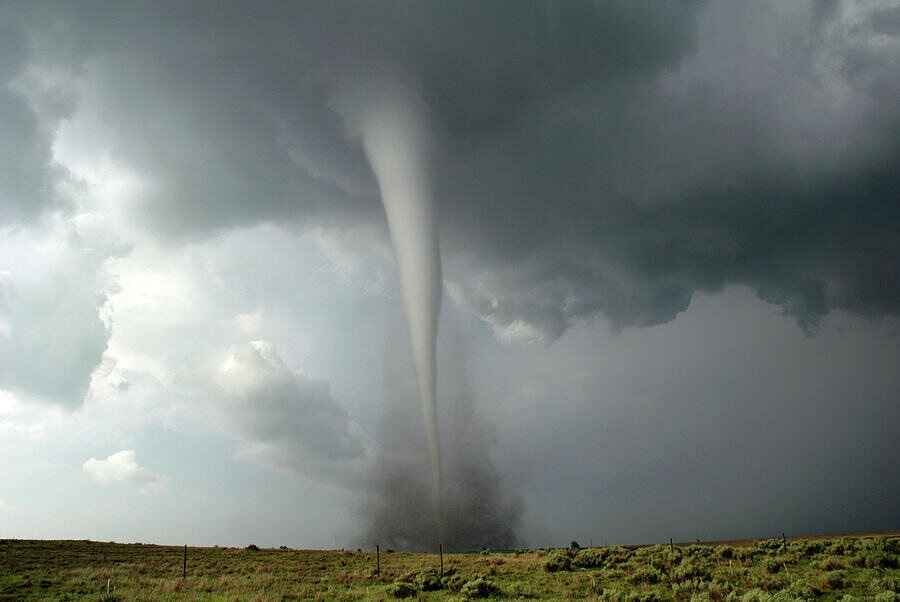
FACETs and Warn on Forecast: The Future of Tornado Alerts
By using our latest weather modeling and prediction technology, we can provide more detailed and timely warnings about severe weather threats. This is the aim of the FACETs program along with Warn On Forecast (WOF). The ultimate goal is giving individuals a much more nuanced view on the risks they face, so that they can better respond to them.
WOF will be a game-changer when it comes to how quickly people can be alerted about tornadoes, especially with the integration of doppler radar and sensors enhancing the precision of alerts. Right now, our systems are reactive instead of proactive. This means that we don’t see warnings until there is already an imminent threat in place. Being able to see forecasts about potential future threats would greatly increase the time it takes for people to take action which could save countless lives.
Rotation Tracks: A New Way to Visualize Tornado Movement
Being able to track these dangerous winds in real-time allows us to visualize its trajectory at an unprecedented level. This is extremely powerful for both meteorologists and the general public because it clearly shows where these things are headed.
Being able to see the rotation tracks of tornadoes is a game changer. It not only helps in warning and evacuation efforts but also for researchers and experts to better understand the behavior and impact of a tornado after it has hit. By knowing this, they can start improving their safety protocols. The aftermath of a tornado can be devastating, one thing that technology does well though, is give us an abundance of data that can lead to clearer prediction models, so we aren’t as caught off guard in the future. With all this information at hand, including predictions from the National Weather Service, our responses will become more informed and effective.
Preparing for the Inevitable: Safety Measures and Awareness
When I partnered with NASA to tackle tornado research, the need for knowledge in storm environments became abundantly clear. These severe weather systems are often too complex to predict, but technology and methodology have improved our forecasting capabilities over time. With my own eyes, I saw that data gathered from satellites and ground observations feed into models that help forecast such events. And it made me extremely aware of how important it is to be prepared and aware during peak tornado seasons, adhering to forecasts from national weather service forecasters.
Being ready isn’t just about having a plan – it’s about staying connected through accurate sources. At NASA, I learned that community involvement and education of deadly tornadoes make these disasters less impactful on citizens. Awareness campaigns and emergency preparedness workshops will give people the ability to respond when warnings come out. The combination of advanced warning systems, such as doppler radar, and public readiness is the foundation of safety precautions against tornadoes.
How Far in Advance Can You Know If a Tornado Is Likely?
Predicting when (and where) a twister will touch down has seen huge advancements today. Radar still remains as our most significant tool for studying storms in a deep environment before they become dangerous for us on Earth’s surface. When you carefully observe thunderstorms with rotating updrafts, vertical wind shear, and wider mesocyclone formation— you’re moving closer towards determining if a cyclone will birth soon after.. Dangerous conditions like these ones can provide vital information on the possibility of a twister.
During my time at NASA, I noticed an increase in advance warning from 10 to 15 minutes — which can literally save lives! This has been possible due to better radar technology, including doppler radar, and more precise modeling methods being implemented over time. In fact, between 2003-2017 we’ve seen great improvements as well. Each year we’ve gotten better at increasing this lifesaving notice period — especially so in 2017 when countless lives were saved thanks to the advance warning. However, smaller or rapidly forming tornadoes still fall into the category of unpredictable.
The Importance of Staying Alert During Severe Weather Seasons
One thing I learned for certain during my time at NASA is how critical it is to remain on high alert during severe weather seasons. Tornadoes are extremely unpredictable — especially in regions that have a history with them — so maintaining a heightened state of readiness is key. Real-time data and forecasts change quickly, which is why community members and individuals must pay attention to weather alerts and updates when they come out.
Preparation plans were another crucial lesson I took away from my time with this organization. Schools conducting tornado drills, families designating safe rooms for their loved ones, etc… These are simple proactive measures that significantly increase safety chances during a tornado. Siren systems installed across communities and mobile alerts also proved valuable in giving people peace of mind while keeping them ready to act anytime.
Hurricane Season and Tornadoes: The Unpredicted Connection
Though hurricanes come off as dangerous disasters on their own— they can birth other life-threatening events like tornadoes. This correlation adds another layer of complexity in predicting our weather conditions. Because of how intertwined these two types of storms can be within one system, scientists have really focused on monitoring both closely — especially when hurricane season comes around.
Proactive Measures to Safeguard Against Tornadoes
From my experience, I’ve found that the most effective way to deal with tornadoes is through proactive measures. This includes advancements in technology and monitoring, as well as community engagement and education. While at NASA we made strides in enhancing public understanding and readiness for tornadoes by recognizing knowledge is a powerful tool in disaster preparedness.
Building codes designed to withstand severe weather, community shelters, and regular drills are just some of the many ways that people can keep themselves safe from harm. Additionally, integrating social media and mobile technology into weather warnings has significantly improved the speed and effectiveness of our responses — making communities safer.
Education and Severe Weather 101: Empowering Communities
During my time at NASA, I was involved in educating the public about severe weather — including tornadoes. Our goal was to make it accessible to everyone by breaking down complex concepts into understandable terms. We wanted individuals to be able to make informed decisions about their safety during severe weather events.
Workshops, school programs, and seminars were just some of the platforms we used to disseminate knowledge on how people can prepare for and respond to tornado warnings. People felt more confident in their ability to protect themselves after participating in these programs — which reinforced my belief in education, provided by sources like the Storm Prediction Center, as an essential part of tornado preparedness.
The Supreme Court of Tornado Preparedness: Essential Tips for Protection
From everything I’ve seen there are a few key tips that everyone should know if they want a better chance at surviving a tornado. Firstly — come up with an emergency plan that includes following updates from the National Weather Service. Know where you’re going to take shelter in your home before one hits, have an emergency kit ready for use at any moment, and understand the signs of an impending tornado.
Staying informed through reliable sources will give you more time than others who get caught off guard when one hits. Once again the integration of smartphone apps has made this easier than ever before so there’s really no excuse today for someone not knowing what’s coming their way.
See also: Tornado Facts: Unveiling the Mysteries of Nature’s Fiercest Storms
The Future Horizon of Tornado Predictions
As we look ahead to the future of tornado predictions it’s easy to see how far we’ve come. From when I was with NASA, technology and research have already made waves in our understanding and prediction capabilities of tornadoes. We’re at the peak of a revolution where today’s uncertainties will become tomorrow’s certainties.
The Next Big Step In Tornado Predictions: What Is It?
Meteorology has always struggled with predicting tornadoes, but as we move forward we’re getting closer each day to solving this issue. The violent rotation is what defines a tornado and focusing on how air moves could be the key to detecting them earlier than ever before. With new strides in technology and knowledge, our goal of accurately predicting all categories of these dangerous forces seems more realistic than ever before.
The future of tornado prediction promises glimmers of hope, as groundbreaking technologies and research pave a path toward defining this natural disaster. During my time at NASA, I witnessed some astonishing things in the field — from complex radar systems to artificial intelligence that could learn from past tornadoes and predict future ones. These innovations, driven by advances in doppler radar and supercell tracking, give us an optimistic outlook for the days to come. If we can crack the code on advanced
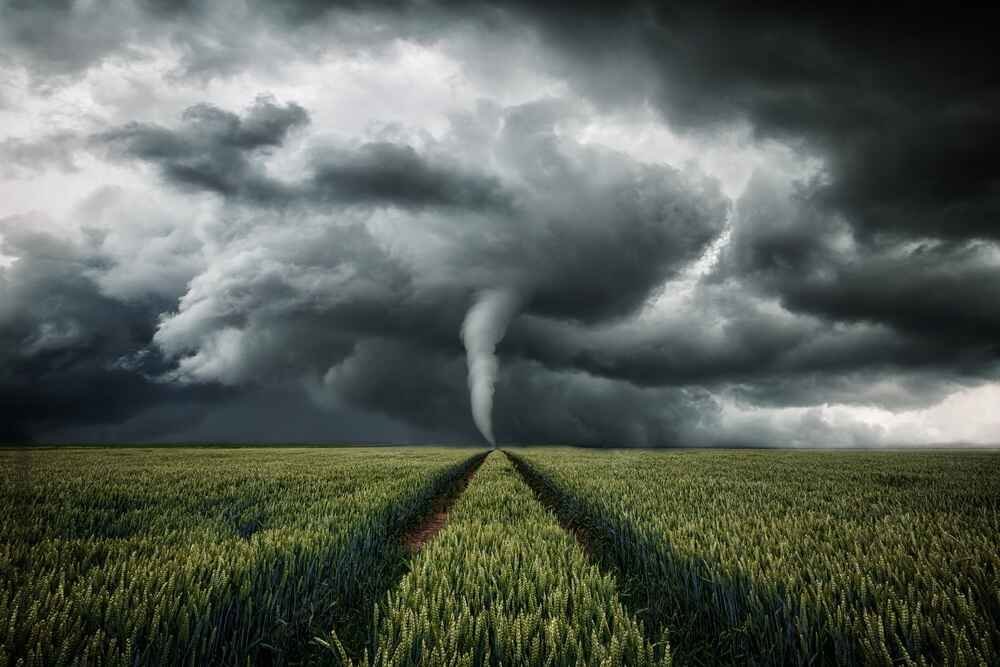
How Collaboration Between Scientists and Technologists Is Key
Collaboration is key when bringing scientists and technologists together — two communities that haven’t always seen eye to eye. My work with NASA has shown me that breaking down these silos can lead to incredible advancements in predicting tornadoes. By combining scientific knowledge with technological innovation, we may be closer than ever before to developing more sophisticated models for forecasting this dangerous weather.
The main goal here is simple: Once we have a system in place, utilizing tools like the National Severe Storms Laboratory’s findings, our communities will be safer than they ever have been before. This dream is only made possible by merging skill sets and bringing all hands on deck, including the expertise of the National Weather Service and the Storm Prediction Center.
Ensuring a Safer Tomorrow: The Ultimate Goal of Tornado Prediction
Predicting tornadoes isn’t just about advancing our studies or creating new tech tools — it’s about keeping people safe. I’ve seen firsthand what effective prediction methods can do for those up against these disasters. With earlier warnings and better accuracy rates, individuals now have more time than ever before to protect themselves and their properties. This is undoubtedly something worth fighting for.
We’ll build a safer tomorrow piece by piece as well as test after test until we find the perfect blend of science and technology required to predict tornadoes further out — giving individuals ample time to react before they hit land.
The Interconnected Efforts to Enhance Tornado Warnings
Improving our current warning methods requires everything from tech research to community outreach programs that educate civilians on how best to stay safe during a tornado. These efforts are all interconnected, and it’s important to attack this problem from every angle. I’ve learned that the more we integrate our systems, the faster we’ll be able to send out more dynamic and responsive warnings.
The Role of Advanced Research in Protecting Lives and Properties
When it comes to preventing disaster, advanced research is our secret weapon. The kind of work I did at NASA taught me that by studying atmospheric conditions closely — such as vertical wind shear — we can develop models that will predict tornadoes with greater precision. This means earlier warnings and an overall safer environment for everyone.
The Dream of a Tornado-Free Future: Reality or Utopia?
While many may think striving for zero tornadoes is an impossible feat, that doesn’t mean we’re going to stop trying. Truthfully, there’s no way to prevent these natural occurrences from happening altogether. But our prediction methods can minimize their impact on people and their properties when they do occur.
It’s not about getting rid of them; it’s about significantly reducing their threat through advanced warnings and better community preparedness. One day down the line – with enough scientific studies and technological breakthroughs – citizens across the globe can sleep soundly knowing they have adequate time to react once a tornado warning has been issued.
In Conclusion: The Ongoing Journey to Perfect Tornado Prediction
It’s undeniable that we’ve come a long way in perfecting tornado prediction, but we still have a long road ahead. I’ve seen firsthand how hard NSSL researchers work and how much they’ve done to understand the conception of these destructive winds and the chaos they leave behind. Despite this, there is still so much we don’t know and it presents itself as a huge challenge. Advances in computer models across the United States help feed NOAA research and their dedication to finding a solution keeps us hopeful that one day all tornadoes will be predictable.
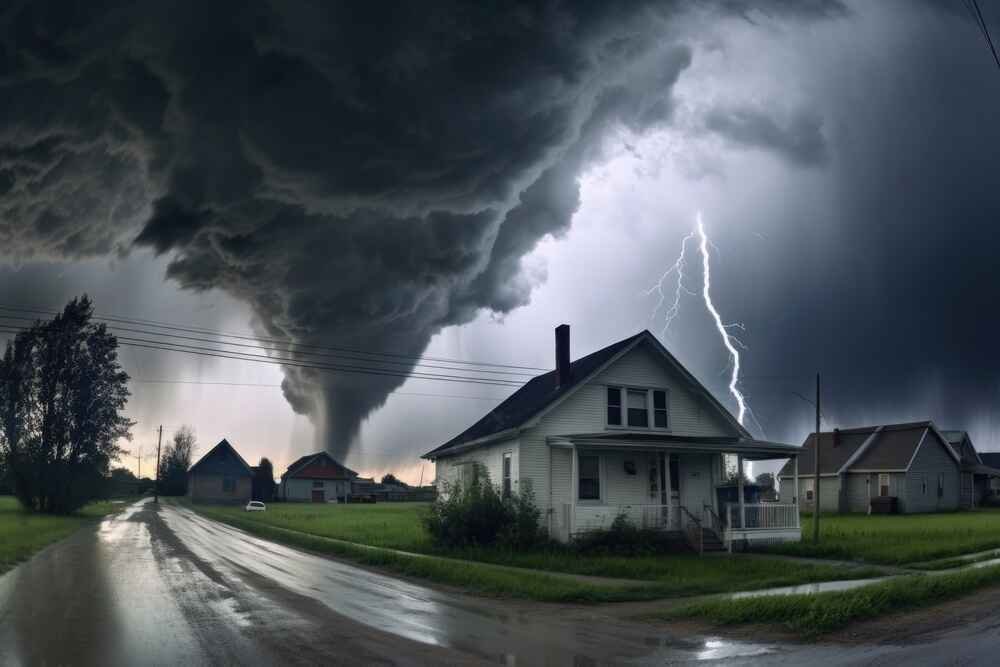
Reflecting on the Progress and Challenges in Tornado Forecasting
This journey has been full of successes, and its path forward is illusive. The progress in our field has been historical and knowing where it started only awakens excitement for what’s next to come. We know our strides forward with technology have been helpful, but there are still many unanswered questions about why some tornadoes are more violent than others. This enduring question is both daunting and motivating as we continue trying to enhance predictions for the sake of public safety.
The Future We Aspire To
Grand aspirations motivate everyone involved in this line of work every single day. It’s one thing to find joy in understanding different scientific phenomenon like tornadoes better but when peoples lives are at stake it becomes personal. With every collaboration comes hope for change; change that’ll save lives by reducing uncertainty surrounding these natural disasters. It doesn’t matter if they’re researchers, scientists or technologists – everyone working toward this goal knows that it can be achieved through innovative thinking. In this pursuit for greater knowledge, communities become fortified with information that could mean the world when they’re vulnerable to disaster.

